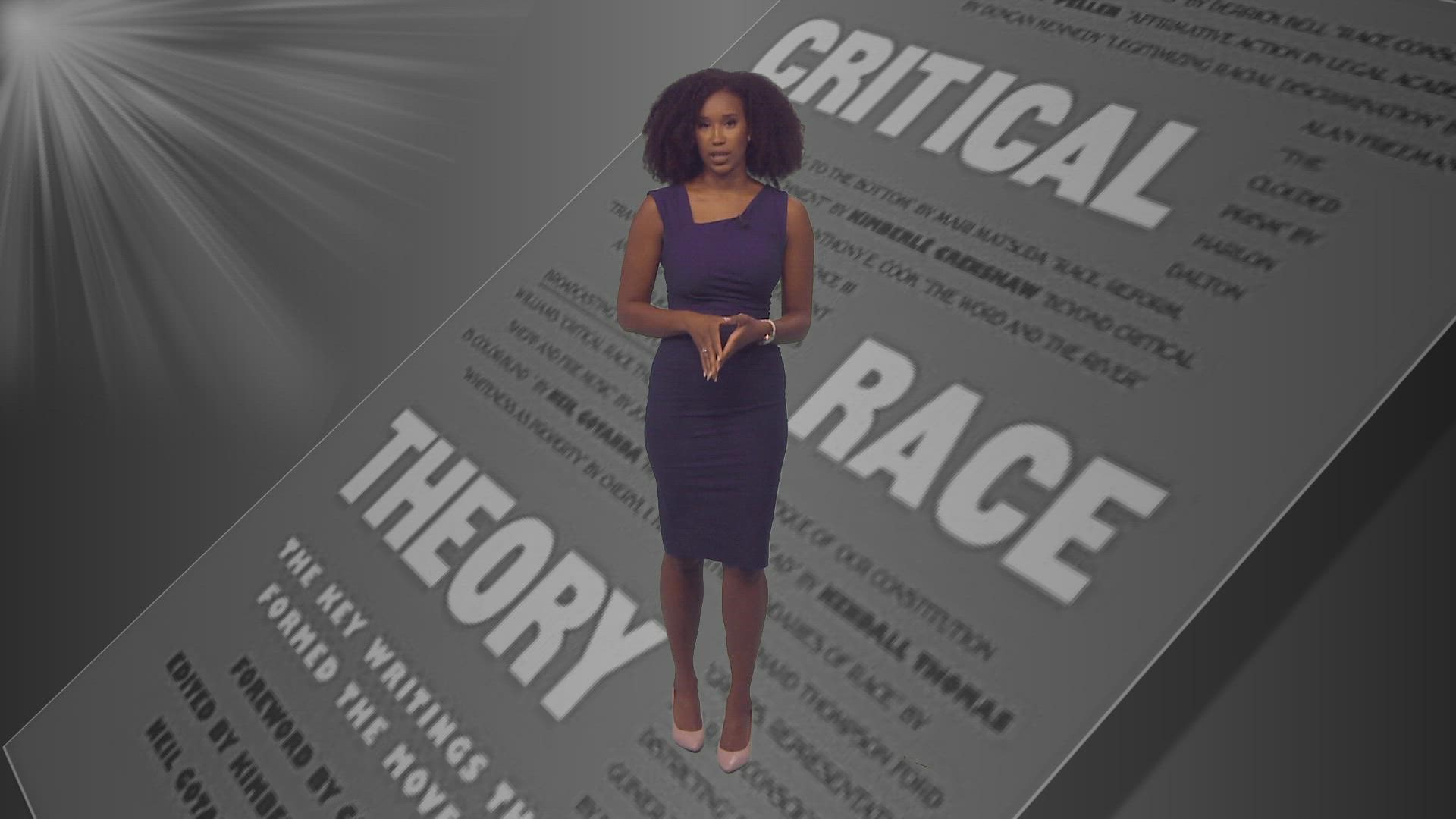NEW ORLEANS — “Critical Race Theory” has been at the center of much controversy recently.
Some states have banned it or want to see it banned from being taught in classrooms, but what exactly is Critical Race Theory, and why does it have so many people fired up?
Usually, when we talk about racism in everyday conversation, we are talking about racist people — someone who treats minorities badly or uses racial slurs.
Critical Race Theory argues that racism is much more complicated than that. Instead, CRT looks at how racism is embedded in American laws and customs that have formed or created a society that ranks people based on race.
An example
An often referred to example of research about this concern is the administration of the GI Bill after WWII.
Part of the economic boom that made way for the Baby Boomer generation after WWII was thanks to loans administered to WWII veterans, helping them buy a home.
CRT examines how this bill created opportunities for white veterans that were denied to Black veterans. Many banks did not approve loans to black veterans.
That was the 1940's, and while some would argue that we shouldn't bring up the past, CRT looks at how those racist policies of the past created issues that we still see and experience in 2021.
White WWII veterans were able to use the GI Bill to purchase low-cost homes, build a strong foundation for generational wealth around their family for future generations.
This is huge because financial experts say homeownership is one of the most effective ways to build wealth.
One survey found that the average homeowner has 40 times the household wealth of a renter.
Black veterans didn't have the same opportunities to build wealth, which helps us understand, in part, why in present-day, white families have 10 times the net worth of Black families.
CRT helps makes sense of the huge racial gaps not just in housing and economics but in education, healthcare, and mass incarceration.
CRT is not new
Even though many people are hearing about CRT for the first time. It is not a new idea.
It was developed back in the 1970's by legal scholars after they realized that racism and inequality did not disappear when civil rights legislation was passed.
Conversations about racism and inequality gained momentum after George Floyd was murdered by a Minneapolis police officer in 2020.
Just recently, at least two dozen states banned Critical Race Theory or introduced legislation to ban it from being taught in classrooms.
Opponents say CRT is a divisive concept. They claim that the concepts of Critical Race Theory say that white people are inherently racist.
Supporters like Kimberle Crenshaw, a founding critical race theorist says the concept is being misrepresented and used as a political tool.
The term has become a blanket term for all antiracist education. She says that not talking about racial disparities allows them to continue.
Even though CRT is such a hot issue right now, according to the Associated Press, there is little to no evidence that Critical Race Theory is being taught to grade school students.
The concept is typically taught in law and graduate schools.

